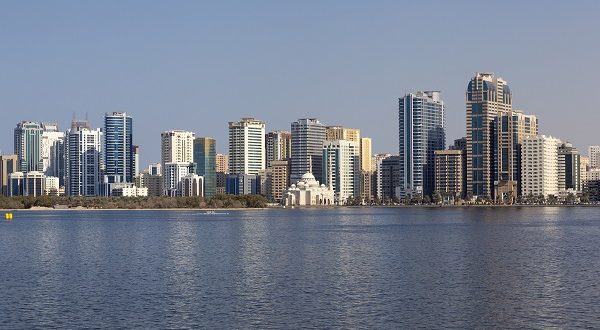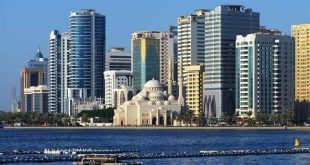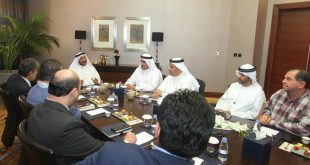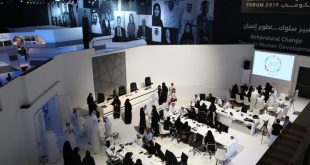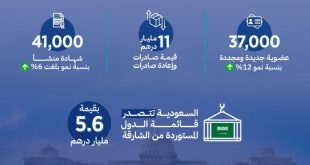Standard & Poor’s has affirmed the Emirate of Sharjah’s A/A-1 sovereign credit ratings long- and short-term, foreign and local currency, with a stable outlook according to the global rating agency’s mid-year MENA sovereign rating trends report. The report also forecasts the rate of Sharjah’s economic growth to continue to increase through to 2019.
S&P began assigning sovereign credit ratings for the Emirate of Sharjah in 2014 with an A/A-1 sovereign credit rating and stable outlook and last confirmed this rating in the agency’s February 2016 research update. The stable outlook assigned reflects Sharjah’s economic strength, diversification and its membership of the UAE, plus S&P’s view that Sharjah’s public finances will remain strong during periods of slower nominal GDP growth.
The mid-year MENA sovereign rating trends report covers the 13 sovereigns rated by S&P in the region: Abu Dhabi, Bahrain, Egypt, Iraq, Jordan, Kuwait, Lebanon, Morocco, Oman, Qatar, Ras Al Khaimah, Saudi Arabia, and Sharjah, of which eight MENA sovereigns are rated in the ‘BBB’ rating category or above. The report reflects lower credit ratings for Saudi Arabia, Oman and Bahrain, plus it has revised the economic outlook for Egypt and Jordan to ‘negative’.
S&P forecasts faster growth for Sharjah economy
S&P forecasts that Sharjah’s real economic growth (as calculated by S&P) will remain robust over 2016-2019, increasing from 1.8 percent in 2015 to 2 percent in 2016 and climbing to an estimated 5 percent real GDP growth by 2019. The rating agency also forecasts that Sharjah’s budget deficit will narrow towards one percent of GDP by 2018, compared with a peak of 2.7 percent of GDP in 2014.
Sharjah’s economy is supported by a diverse production base, with real estate and business services accounting for about 20 percent; manufacturing 16 percent; mining, quarrying, and energy 13 percent; and wholesale and retail trade 12 percent
A wide range of initiatives have been put in place by the Sharjah government to help develop the economy and it has launched a broad range of activities to encourage inward investment and continued diversification. The government allocated 45 percent of 2015 spending to economic development and 46 percent of spending in 2016.
Sharjah announced plans for two new free zones earlier this year as part of its strategy to develop the economy: Sharjah Media City, a new free zone for media and creative industries, and a Research, Technology and Innovation (RTI) Park, to be located near the American University of Sharjah.
Source: S&P

